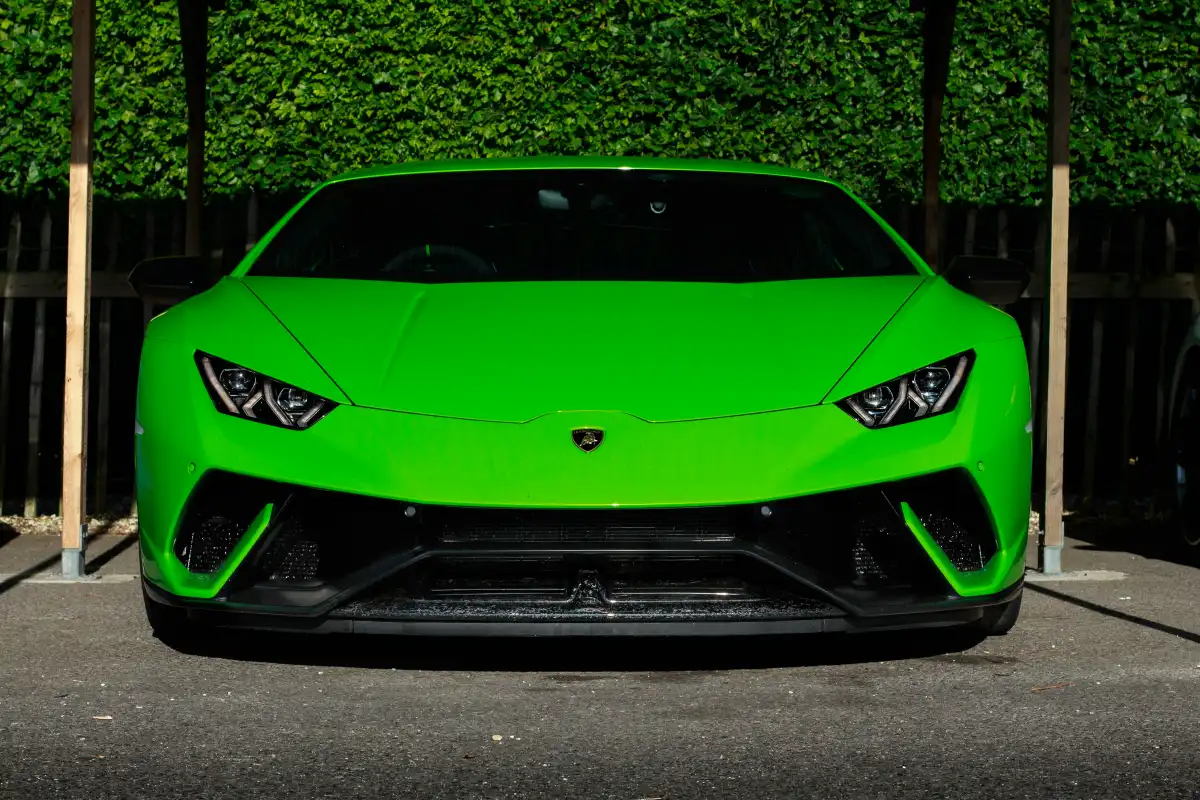- How Many Cylinders Does the 2025 BMW X5 Have?
- Why Cylinder Count Matters in Modern SUVs
- Comparing 2025 X5 Engine Options
- Choosing Your Ideal Cylinder Configuration
- FAQ
Are you curious about the BMW X5Bahrain BMW X5Egypt BMW X5KSA BMW X5Kuwait BMW X5Oman BMW X5Qatar BMW X5UAE BMW X5 How Many Cylinders power your luxury SUV? This guide dives into the engine options of the 2025 model, offering you an in-depth look at what each configuration brings to the table. Read on as we break down performance, fuel economy, and maintenance details designed especially for discerning drivers in the GCC region.

How Many Cylinders Does the 2025 BMW X5 Have?
Core Engine Options at a Glance
sDrive40i/xDrive40i:Comes with a 3.0L TwinPower Turbo inline-6 engine, meaning 6 cylinders power this variant.
xDrive50e Plug-in Hybrid:Features a 3.0L Turbocharged inline-6 engine paired with an electric motor, still built around a 6-cylinder architecture, yet delivering hybrid performance with enhanced torque.
M60i xDrive:Powered by a robust 4.4L TwinPower Turbo V8 engine that uses 8 cylinders for superior power and acceleration.
Each of these engine options incorporates BMW’s advanced 48V mild-hybrid technology, ensuring smoother start-stop functionality and optimized efficiency for urban and highway driving.
Why Cylinder Count Matters in Modern SUVs
Performance Impacts
The 6-cylinder models are engineered to deliver between 375 to 523 horsepower, ensuring a dynamic yet balanced performance.
The V8-powered M60i xDrive produces a solid 523 hp, launching from 0-100 km/h in just 4.2 seconds for those craving ultimate speed.
Hybrid variants combine electric assistance to deliver a combined torque that can reach up to 700 Nm, offering impressive responsiveness in diverse driving conditions.
Fuel Efficiency Comparison
Model | Combined Fuel Economy (L/100km) |
|---|---|
xDrive40i | 9.1 |
xDrive50e | 2.1 (with an electric range of 88 km) |
M60i xDrive | 11.3 |
The fuel efficiency numbers reflect real-world performance in the local market, allowing you to balance power with economical driving. Maintenance costs also vary among these configurations, often influenced by the inherent complexity of each engine and regional fuel pricing in AED/SAR.
Comparing 2025 X5 Engine Options
Below is a detailed comparison of key engine specifications to help you understand the nuances:
Model | Engine Type | Cylinders | Horsepower | Torque | Fuel Economy |
|---|---|---|---|---|---|
sDrive40i/xDrive40i | 3.0L TwinPower Turbo inline-6 | 6 | 375-523 hp | Approx. 500 Nm | 9.1 L/100km |
xDrive50e | 3.0L Turbo inline-6 + Electric Motor | 6 | Combined output | Up to 700 Nm | 2.1 L/100km (88 km electric range) |
M60i xDrive | 4.4L TwinPower Turbo V8 | 8 | 523 hp | Approx. 750 Nm | 11.3 L/100km |
This table gives you a clear side-by-side view of key data points so you can easily compare the performance and efficiency features of each engine option.

Choosing Your Ideal Cylinder Configuration
When it comes to selecting the right engine configuration, consider the following recommendations based on your driving needs:
Daily Commuting in Urban Environments:
Consider the xDrive50e Hybrid which pairs a 6-cylinder engine with electric propulsion for smooth, efficient drives.
The sDrive40i is another commendable choice, offering reliable performance and lower servicing costs in AED/SAR terms.
High-Performance and Premium Driving:
The M60i xDrive is ideal if you crave that extra burst of power for highway cruising and dynamic driving.
For those looking for a sport-tuned experience without stepping up to a V8, an xDrive40i with the M Sport Package could be just the right balance.
Advancements like cylinder deactivation technology in the 6-cylinder models help optimize fuel efficiency by temporarily reducing cylinders during steady highway speeds.
FAQ
What impact does the cylinder count have on my driving experience?
The number of cylinders in the BMW X5Bahrain BMW X5Egypt BMW X5KSA BMW X5Kuwait BMW X5Oman BMW X5Qatar BMW X5UAE BMW X5 plays a significant role in determining overall performance and power delivery. A 6-cylinder engine usually provides a balanced combination of efficiency and performance, while an 8-cylinder engine boosts acceleration and top-end power. This means that with more cylinders, you may enjoy quicker acceleration and smoother overtaking on highways. However, more cylinders can also lead to higher fuel consumption and potentially increased maintenance costs, so consider your driving habits in the context of local market demands in the UAE and GCC.
How do the turbocharged engines in the BMW X5 contribute to overall performance?
Turbocharged engines boost the power output without significantly increasing the engine size. In models like the sDrive40i and xDrive40i, the twin-turbo setup helps deliver responsive acceleration and improved fuel efficiency. With turbocharging, you get the responsiveness expected of a luxury SUV along with efficiency suitable for everyday driving. This technology is particularly beneficial when driving under variable traffic conditions common in urban areas of the Gulf.
How does the hybrid option in the xDrive50e compare to the conventional engines?
The xDrive50e plug-in hybrid combines a 6-cylinder engine with an electric motor, bringing together the best of both worlds. This configuration reduces fuel consumption dramatically and provides an electric-only driving mode for short distances, ideal for city commutes. Additionally, the combined torque of up to 700 Nm offers plenty of grunt for quick accelerations. The hybrid technology not only benefits the environment but also aligns with the regional focus on fuel efficiency and reduced emissions.
Are there any special maintenance considerations for different cylinder configurations?
Maintenance varies depending on the complexity of the engine. Generally, 6-cylinder models tend to be less expensive to service compared to 8-cylinder variants due to fewer moving parts. The hybrid systems in the xDrive50e require periodic checks on the battery and electric components, which might incur slightly higher costs when measured in AED/SAR. It’s important to keep up with routine servicing as recommended for your specific model to ensure optimal performance and durability on the road.
This article is for reference only, please refer to the latest local laws and regulations.
Read More:
2025 Corolla Used Parts Sharjah:Smart Buyer's Guide
2025 Corolla Cross Mileage:Smart Tips
2025 Toyota Corolla Dashboard:Guide for Smart Driving
2 / 100












